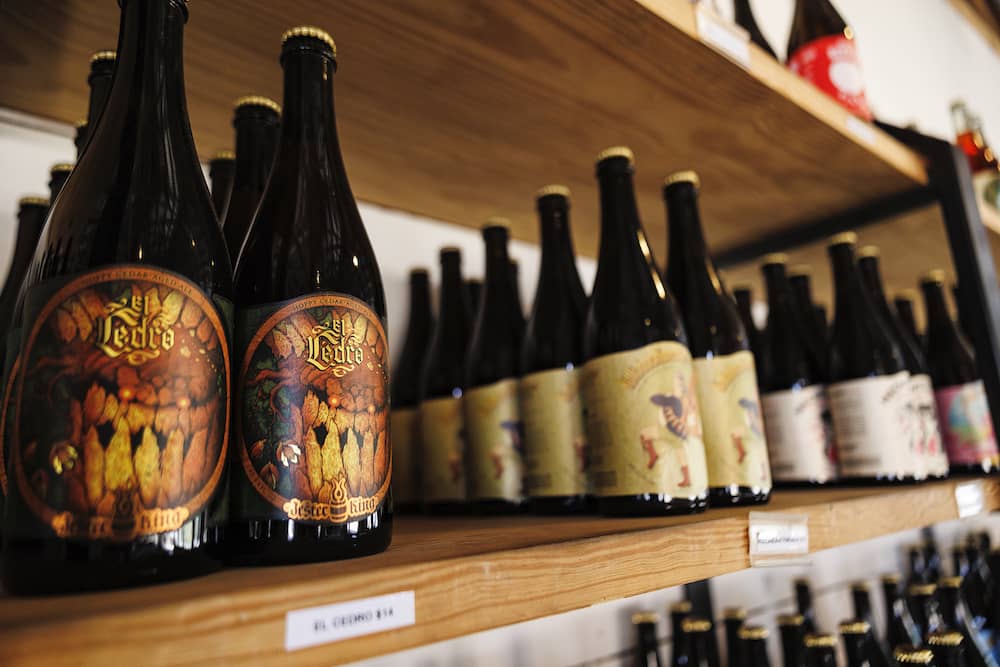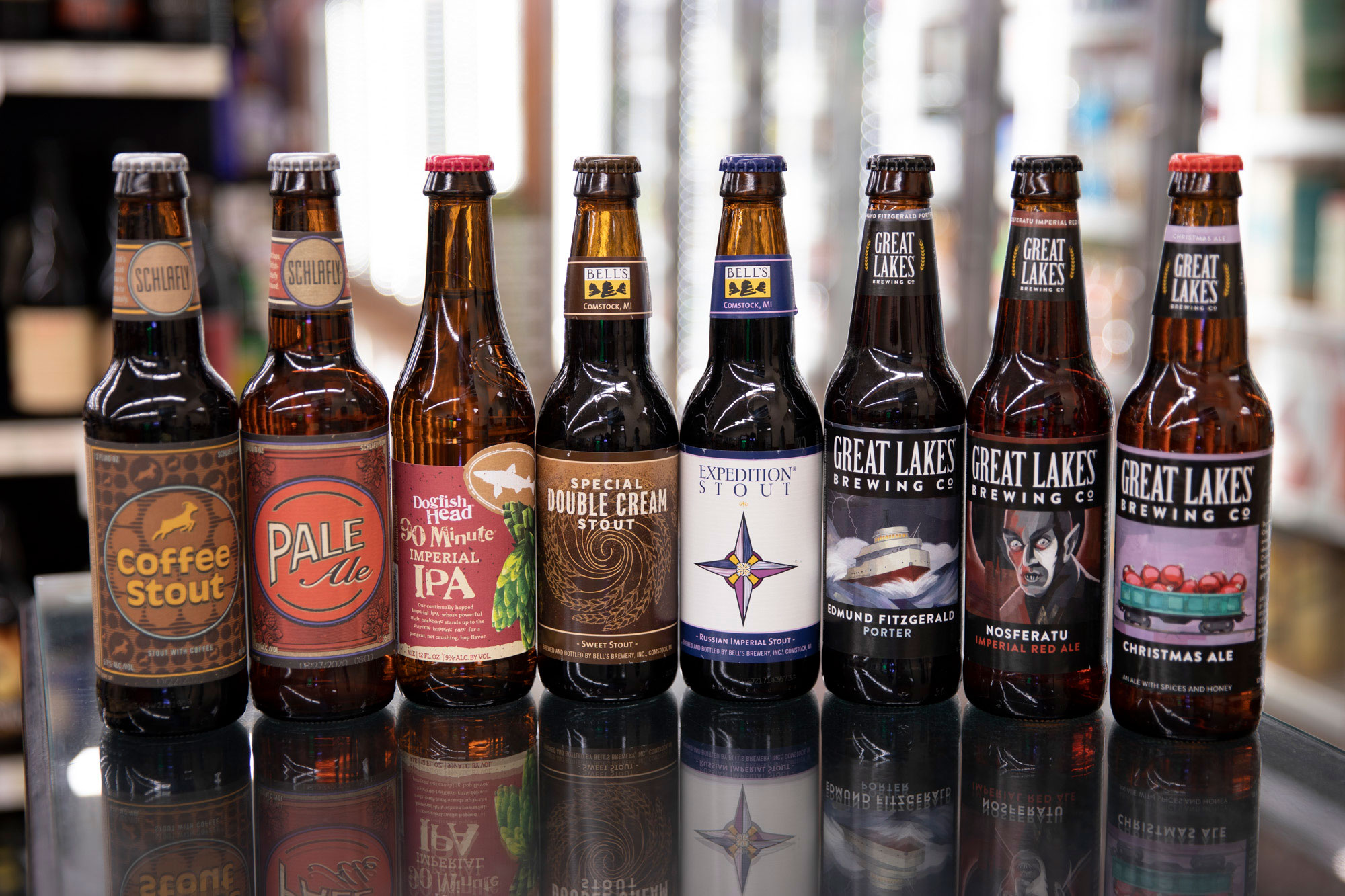Grasping the Craft of Distillation: a Deep Study Distillery Traditions
Checking out the intricate art of purification unveils a globe soaked in classic traditions that have actually shaped the spirits we take pleasure in today. From the ancient beginnings of distillation strategies to the contemporary evolution of distillery tools, each step in the procedure carries with it an abundant tapestry of history and proficiency. As we look into the fragile balance of modern versus standard distilling practices and discover the significance of crucial components, a deeper understanding emerges of the extensive impact distillery customs carry the spirits we savor.
Beginnings of Purification Strategies
The advancement of distillation methods has a rich history that traces back to ancient civilizations. The idea of separating elements based on their various boiling factors laid the structure for the innovative distillation processes we have today.
The earliest proof of purification go back to around 3000 BC in Mesopotamia, where clay pots were utilized to distill perfumes and aromatic oils. The Egyptians even more advanced these strategies, making use of purification for medical objectives and embalming methods. The Greeks, especially numbers like Aristotle and Hippocrates, added to the academic understanding of purification.
In time, distillation infect areas like India, China, and the Middle East, each culture including its special touch to the craft. The development of distillation methods continued via the Middle Ages and the Renaissance, eventually leading to the varied variety of distillation procedures utilized in contemporary distilleries worldwide.
Evolution of Distillery Tools

With advancements in modern technology and a much deeper understanding of the distillation process, modern-day distilleries currently utilize a selection of innovative devices to produce spirits of the highest possible top quality. Today, distillation equipment consists of column stills, reflux stills, and hybrid stills, each designed to satisfy details purification needs. These modern-day stills use better temperature level policy, increased purification precision, and higher efficiency in dividing alcohol from impurities.
In enhancement to stills, distilleries now make use of sophisticated condensers, fermenters, and filtration systems to additional refine the extract. The evolution of distillery equipment remains to play an important duty in shaping the diverse array of spirits offered in the market today.
Standard Vs. Modern Distilling Practices
In checking out distilling methods, the contrast between modern-day and traditional techniques reveals considerable innovations in efficiency and high quality. Typical distilling methods often include classic strategies passed down with generations, stressing workmanship and artisanship (Distillery in Galveston). These methods usually depend on copper pot stills and manual processes that need a high degree of ability and experience from the distillers. Alternatively, modern distilling methods take advantage of sophisticated technology and development to enhance manufacturing procedures and boost uniformity. Automated systems, digital controls, and state-of-the-art equipment make it possible for modern distilleries to produce spirits much more effectively and with higher precision.
While typical distilling techniques are valued for their heritage and the special flavors they produce, modern approaches supply benefits in regards to scalability, quality assurance, and sustainability. By integrating scientific advancements and modern-day design, distillers can optimize production, lower waste, and satisfy the demands these days's market much more successfully. Ultimately, the selection in between contemporary and traditional distilling methods frequently depends on the distillery's goals, values, and target audience.
Trick Active Ingredients in Distillation Process
Within the craft of distillation, the choice of essential ingredients plays a vital duty in establishing the flavor profile and top quality of the spirits created. The primary active ingredients used in the distillation procedure are commonly water, yeast, and a fermentable source such as grains, fruits, or sugarcane.
Water is a fundamental part as it not just waters down the alcohol material to a tasty level but additionally influences the overall mouthfeel and appearance of the spirit. The high quality and mineral content of the water used can dramatically affect the end product.
Yeast is one more necessary component that transforms the sugars present in the fermentable resource into alcohol with the process of fermentation. Various strains of yeast can produce varying flavors and scents, adding to the distinct characteristics of the spirit.

Impact of Distillery Traditions on Spirits
The influence of historical distillery customs on find out here spirits expands beyond the option of vital components, forming the extremely significance and character of the final distilled products (Breweries in Galveston Texas). These practices, passed down with generations, play an essential role in defining the special preference accounts and qualities that differentiate one spirit from an additional
Distillery traditions incorporate a wide variety of methods, from the certain strategies utilized in distillation to the option of aging processes employed. For instance, using typical copper pot stills in scotch production is believed to present particular flavors and qualities that are very valued by lovers. The aging of spirits in oak barrels, a practice deeply rooted in distilling traditions, adds to the advancement of intricate aromas and flavors over get redirected here time.

Conclusion
From the origins of distillation methods to the contemporary techniques, the effect of distillery traditions on spirits is undeniable. Distillery customs play an important role in shaping the spirits industry and preserving the heritage of purification methods.
Throughout the background of purification, the equipment utilized in distilleries has gone through substantial evolution to improve effectiveness and high quality of the distillation procedure.With improvements in technology and a much deeper understanding of the distillation process, contemporary distilleries read this article now utilize a variety of sophisticated tools to generate spirits of the highest quality. Today, distillation devices consists of column stills, reflux stills, and hybrid stills, each designed to provide to certain distillation needs. From the beginnings of distillation techniques to the contemporary practices, the impact of distillery practices on spirits is undeniable. Distillery traditions play a vital function in forming the spirits market and maintaining the heritage of distillation practices.